#Antonio del Pollaiuolo
Explore tagged Tumblr posts
Text

'Archangel Michael and the Dragon' by Antonio del Pollaiuolo, 1470
3K notes
·
View notes
Text

Antonio del Pollaiuolo - Wild Man Supporting a Shield. 1488
61 notes
·
View notes
Text
Michelangelo's David is kitsch, and was the day it was sculpted.
The Discobolus of Myron is kitsch, and was the day it was sculpted.
The right half of Botero's Adam and Eve is kitsch, and was the day it was painted.
Pollaiuolo's Battle of the Nudes is kitsch, and was the day it was engraved.
No matter how much these works are puffed up in art history classes the world over, male nudity is inherently disgusting and kitsch, and always has been.
#male nudity#artistic nude#Michelangelo's David#David by Michelangelo#Fernando Botero#Adam and Eve by Botero#Antonio del Pollaiuolo#Discobolus#Kitsch
26 notes
·
View notes
Text

detail of Capitoline Wolf and the Antonio del Pollaiuolo Twins

Capitoline Wolf suckling Romulus and Remus - bronze - Capitoline Museum, Rome - wolf (disputed): 5th century Etruscan or 11th-12th century Italian, twins: late 15th century.
#art by others#other's artwork#sculpture#bronze#wolf#Romulus and Remus#antiquity#Antonio del Pollaiuolo#Rome#she-wolf#suckling#controversy
31 notes
·
View notes
Text

Antonio del Pollaiuolo - David
5 notes
·
View notes
Text

#peoplematchingartworks#antonio del pollaiuolo#gemaeldegalerie#stefandraschan#photography#contemporaryart#berlin
14 notes
·
View notes
Text
Favorite Sculpture 1
Other polls
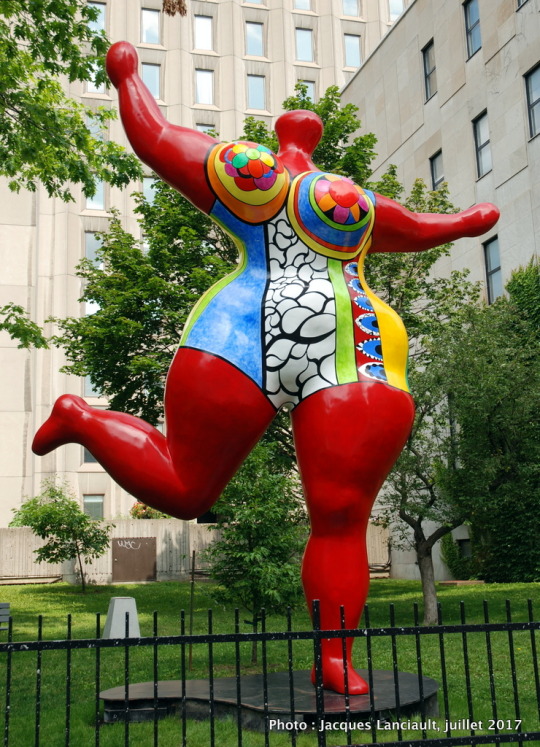

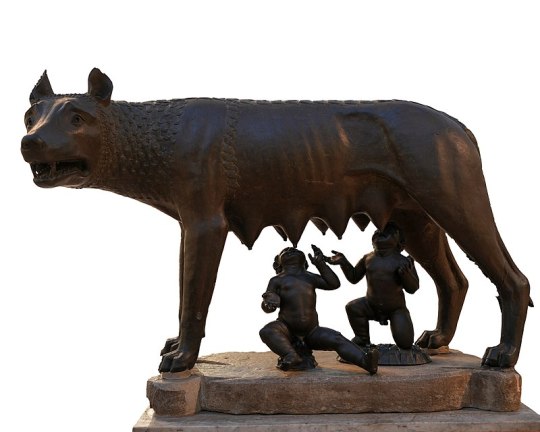
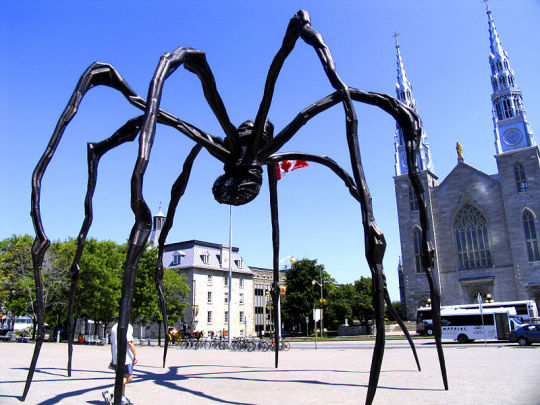
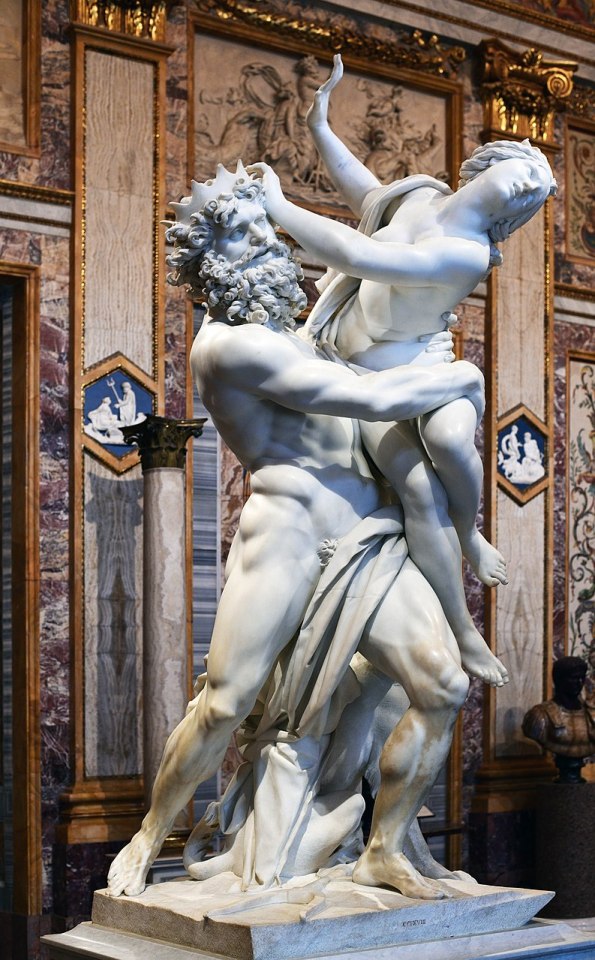
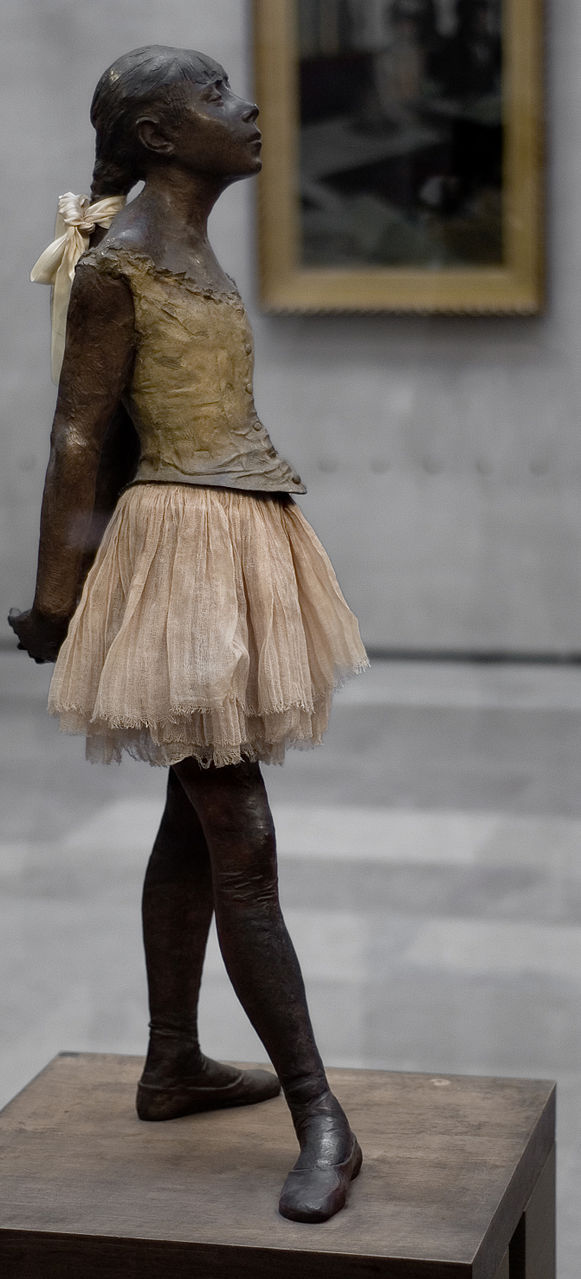

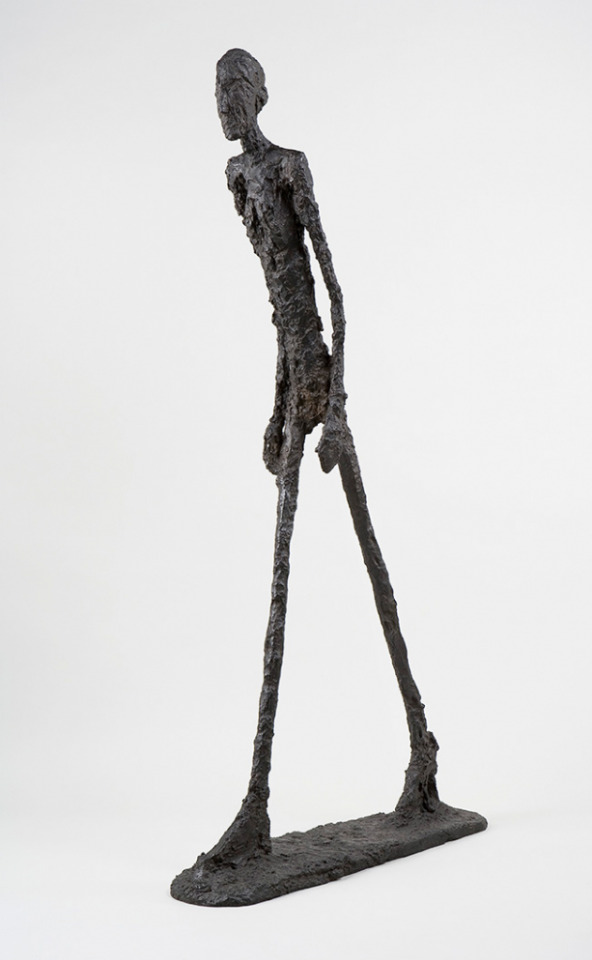

#polls#art#sculpture#niki de saint phalle#nana danseuse#dancing chick#the little mermaid#edvard eriksen#copenhagen#capitoline wolf#antonio del pollaiuolo#terracotta army#qin shi huang#fourteen year old dancer#edgar degas#dancer#the rape of proserpina#bernini#greek mythology#walking man#giacometti#christ the redeemer#o cristo redentor#paul landowski#heitor da silva costa
16 notes
·
View notes
Text

Antonio del Pollaiuolo
#antonio del pollaiuolo#art#painting#artwork#fine art#fineart#art history#history of art#women in art
5 notes
·
View notes
Text

Antonio del Pollaiuolo
Kampf der nackten Männer/Battle of the Nude Men
ca. 1470-1475
1 note
·
View note
Text

0 notes
Text

Elevation of the Magdalen by Antonio del Pollaiuolo (1460, oil and tempera on panel)
33 notes
·
View notes
Text
Battle of Ten Nudes, 1460-75
Antonio del Pollaiuolo (Italian, 1431/32 - 1498)
Burin engraving
383 x 595 mm
Galleria degli Uffizi, Florence
An authentic icon in the history of engraving, this is one of the most famous of the many images reproduced using the new printing methods of the early Renaissance, and the first work to be clearly signed by its maker. Many formal elements contribute to its unique significance, such as the exceptionally large format for the time and the programmatic nature of the composition which explicitly draws on figurative themes from classical antiquity.
Characterized by a mysterious subject matter, the composition rejects any connection to a literary text of Roman history or mythology, or indeed any specific moral or allegorical interpretation. Instead, it appears to be an exercise in anatomical mastery, exhibiting the irrepressible and almost visionary vitality that was the very essence of the trained goldsmith's art. The chronology of the work is also uncertain but certain compositional similarities to the Martyrdom of St Sebastian (completed by the artist in 1475 and currently exhibited at the National Gallery in London) suggest a date between the early 1460s and 1470s. The printing date is also problematic in that it involves the knotty question of mutual influences between Pollaiolo and Andrea Mantegna in terms of graphic style, and the question as to which of the two artists first employed the new engraving technique.
Source: Web Gallery of Art

Antonio del Pollaiuolo, Battle of the Naked Men, 1465–1475
101 notes
·
View notes
Text
Antonio del Pollaiuolo, “Saint Michael the Archangel Killing the Dragon”, circa 1465-70

2 notes
·
View notes
Text
0 notes
Photo
Piero del Pollaiuolo (Florence, 1443 - 1496)
Apollo and Daphne, 1470-80. Oil on wood 30 × 20 cm It was long attributed to Antonio, but by 2023 is described by the museum as by Piero. National Gallery, London
This miniature painting, once thought as a cassone (marriage chest) panel, but probably isn't. The delicacy of minute details suggests it was meant to be admired close up.
[The vegetation, previously brighter, is now irreversibly oxidized]
Hanna Tuulikki (Finnish-English vocalist, musician and artist, born in Sussex)
Perfomance for the National Gallery London Oct. 2021. Reading her essay on Pollaiuolo's Apollo and Daphne {excerpt:]
MIMESIS is a process of attunement to the more-than-human
In his "Plant-Thinking" book, Philosopher Michael Marder argues that plants Do desire, not through an individualized sex drive tied to procreation and sex organs, but through a desire for nourishment. All surfaces of a plant’s body desire something from the world and plant reproduction itself is largely accidental and non monogamous, inter-elemental and interspecies, involving sunlight, wind and water, birds, insects, animals, even gravity. In this sense, The ways in which plant desire is satisfied really challenges how we understand… desire itself.
youtube
https://www.nationalgallery.org.uk/paintings/piero-del-pollaiuolo-apollo-and-daphne
https://en.wikipedia.org/wiki/Apollo_and_Daphne_(Pollaiuolo)

Apollo and Daphne, by Piero del Pollaiuolo (probably 1470-80)
#Piero del Pollaiuolo#painting#analysis#Daphne#trees#Hanna Tuulikki#performance#reading#essays#museum#national gallery london#Youtube
35 notes
·
View notes
Photo
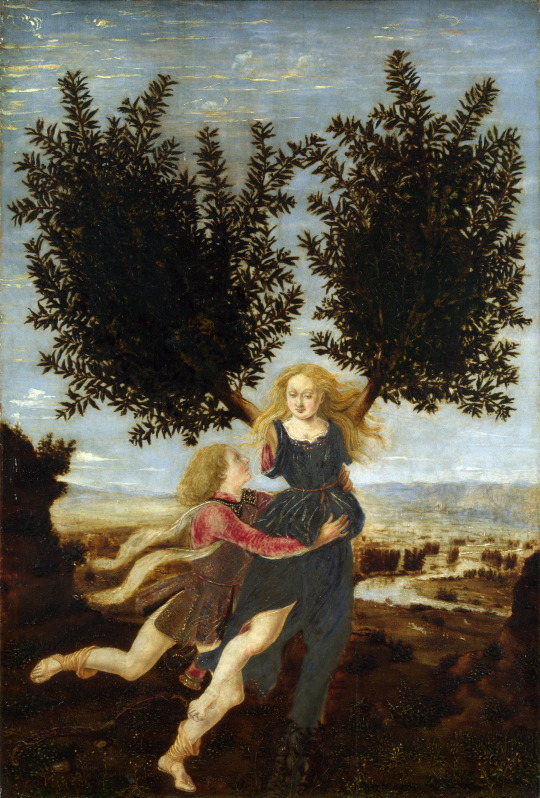
Apollo and Daphne (c. 1470–1480) by Piero and/or Antonio del Pollaiuolo
#I've found my new favourite depiction of any scene in Greek mythology#she looks like she is fricking cheerleading#Antonio del Pollaiuolo#Piero del Pollaiuolo#art#Apollo#Daphne
163 notes
·
View notes